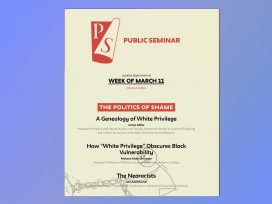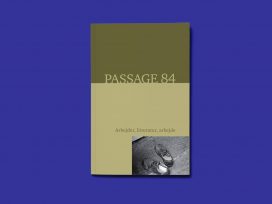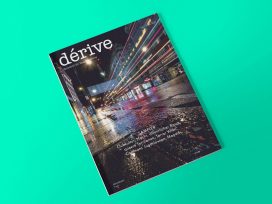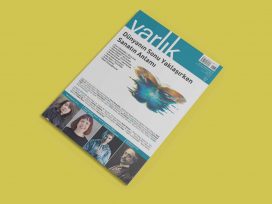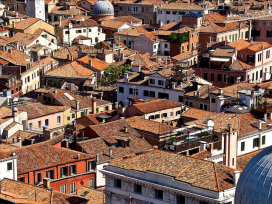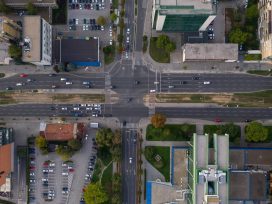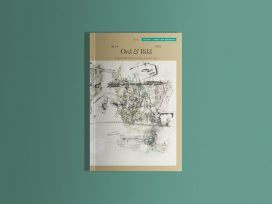Out on the town at night, ‘dérive’ uncovers queer constellations after gentrification, bars as living sculptures facing suffocating lockdowns and the persevering nightlife of Sydney, London and Shanghai.
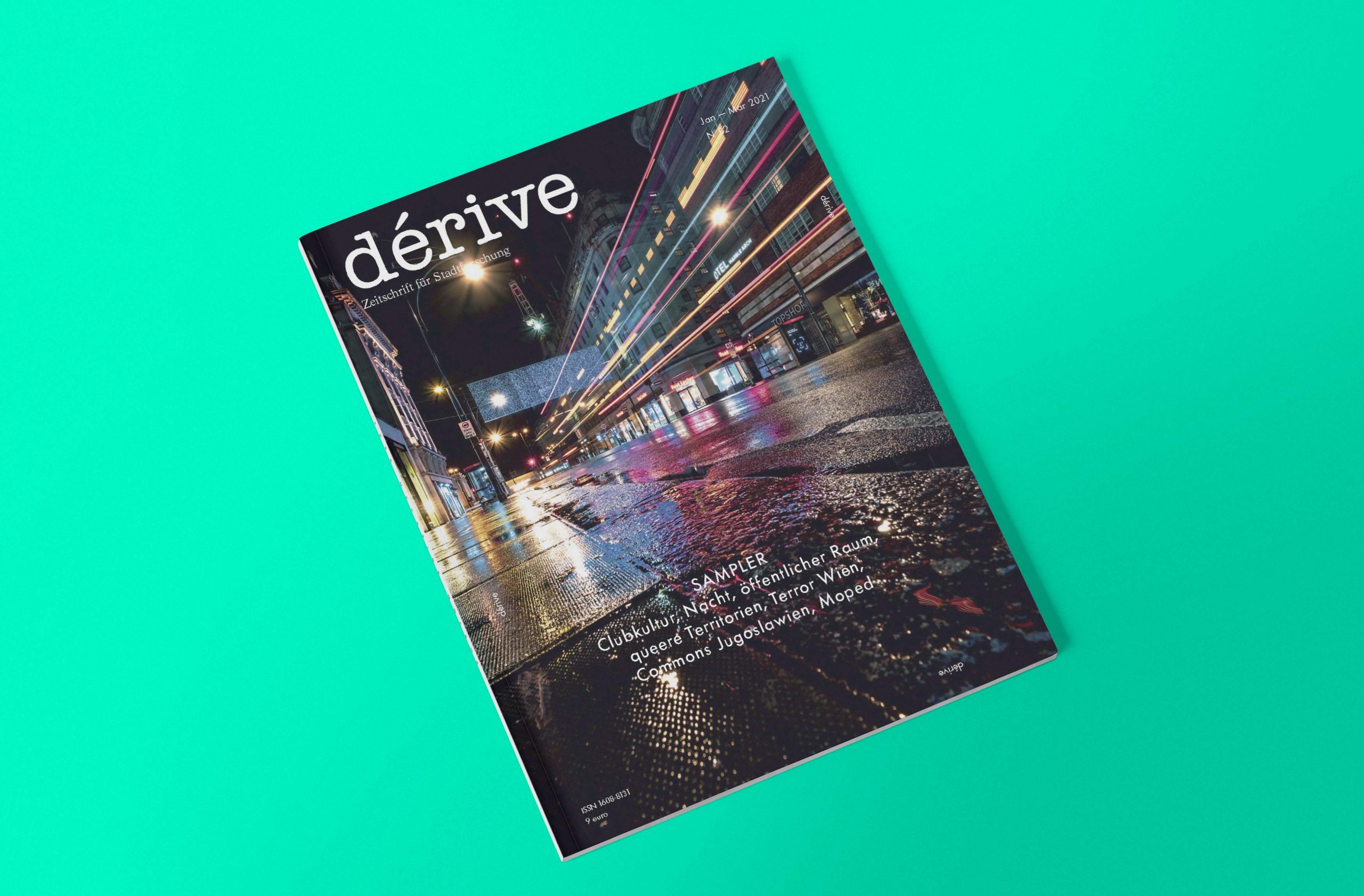
Sample more of the German-language issue on dérive’s website.
Urban constellations
Ulf Teger interviews Jack Gieseking, whose recent book, A Queer New York: Geographies of Lesbians, Dykes and Queers studies the gentrification that has displaced and marginalized New York’s LGBTQIA+ communities.
Gieseking charts how queer New Yorkers navigate the city, defining people and their movements as ‘constellations’ with precarious spaces as ‘stars’. He describes this ‘geographical concept’ as a means ‘to read queer spaces and history … If our territories disappoint us or are taken away from us, then we should still be able to see all of the possible ways in which we can continue to live in our cities.’
Underground Vienna
COVID-19 restrictions have made clubs and bars precarious, points out Martin Wagner from Vienna’s famed Fluc nightclub. In his conversation with dérive, Wagner describes club culture as ‘a living sculpture on which many people work.’ The result is ‘a complete work of art’ where people from diverse backgrounds such as sound, lighting, visual arts, performance, music, dance and architecture come together and experiment.
The pandemic may have long-term implications for places that ordinarily allow people to gather and play. How and to what extent these hybrid spaces will be able to weather economic, social and cultural upheaval remains an open question, even for cultural fixtures such as Fluc.
Working nightlife
Drawing on a range of theoretical ideas, from Murray Melbin’s notion of the frontier to Mary Louise Pratt’s understanding of the ‘contact zone’ as a place where cultures meet and clash, Robert Shaw explores the after-hours urban cityscapes of Sydney, London and Shanghai. ‘It is well established that public and private spaces are not easily separated in reality,’ writes Shaw, ‘the borders between them, to the extent that they exist, are fluid and permeable.’
The geographer outlines how Sydney’s Lockout Law, a restriction on late-night city centre alcohol consumption, decreased violence but also negatively impacted the city’s vibrant nightlife. Shaw then focuses on the diverse and often unseen workforce that drives nocturnal London and its transport network. In his final case study, Shaw highlights Shanghai’s Xintiandi area, which he sees as both a temporal and spatial contact zone of locals, migrants and international travellers interacting in complex and often contradictory ways.
This article is part of the 5/2021 Eurozine review. Click here to subscribe to our weekly newsletter to get updates on reviews and our latest publishing.
Published 24 March 2021
Original in English
First published by Eurozine
© Eurozine
PDF/PRINTNewsletter
Subscribe to know what’s worth thinking about.
Related Articles
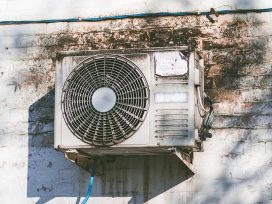
Most European cities were never meant to withstand the kind of heat they are facing now – and accelerating every year. Climate proofing cities has to be done equitably. When done right, there is social potential in the transformation.
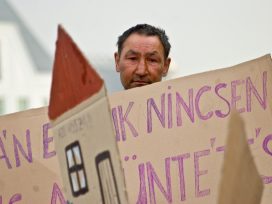
Hopes raised in 2019 of municipal counter-hegemony in Hungary have been disappointed. But in Budapest, the idea of progressive local government is kept alive by the movement for housing justice.
